10 Best Herbal Mucillages For Burns
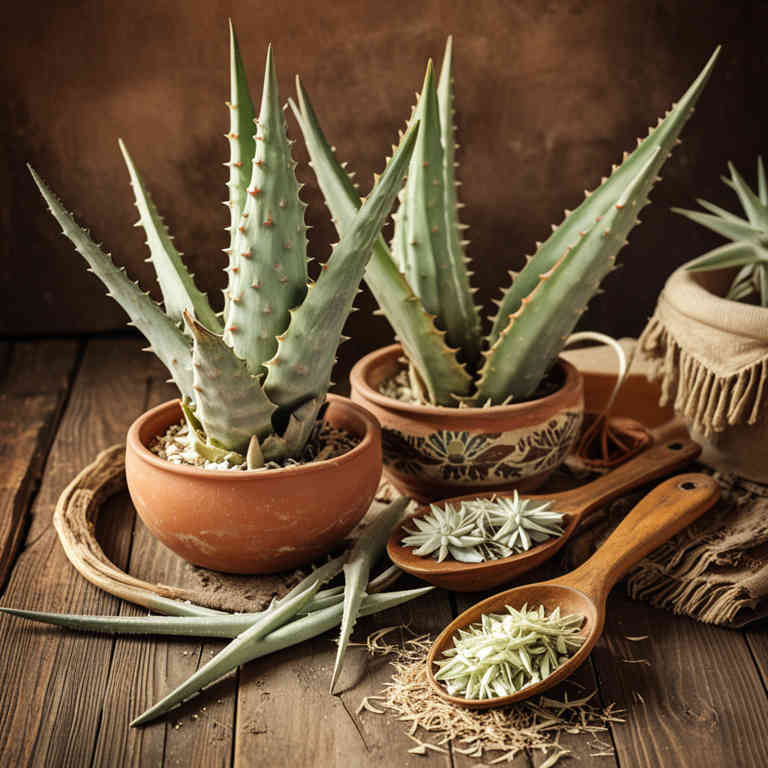
Herbal mucillages, such as those derived from plants like aloe vera, marshmallow root, and flaxseed, are known for their soothing and healing properties, making them beneficial for treating burns.
These natural substances contain high levels of polysaccharides that help to hydrate and protect the skin, reducing inflammation and promoting tissue repair. When applied topically, mucillages can form a protective barrier over the burn, preventing infection and minimizing pain. They are often used in traditional medicine and are gaining popularity in modern skincare for their gentle and effective approach to burn care.
However, it is important to consult a healthcare professional for severe burns, as herbal treatments may not be sufficient on their own.
FREE Herb Drying Checklist
How to make sure every batch retains maximum flavor, color, and aroma without the risk of mold or over-drying. Eliminate guesswork and trial-and-error, making herb drying faster, easier, and more efficient every time.
Table of Contents
1. Aloe barbadensis
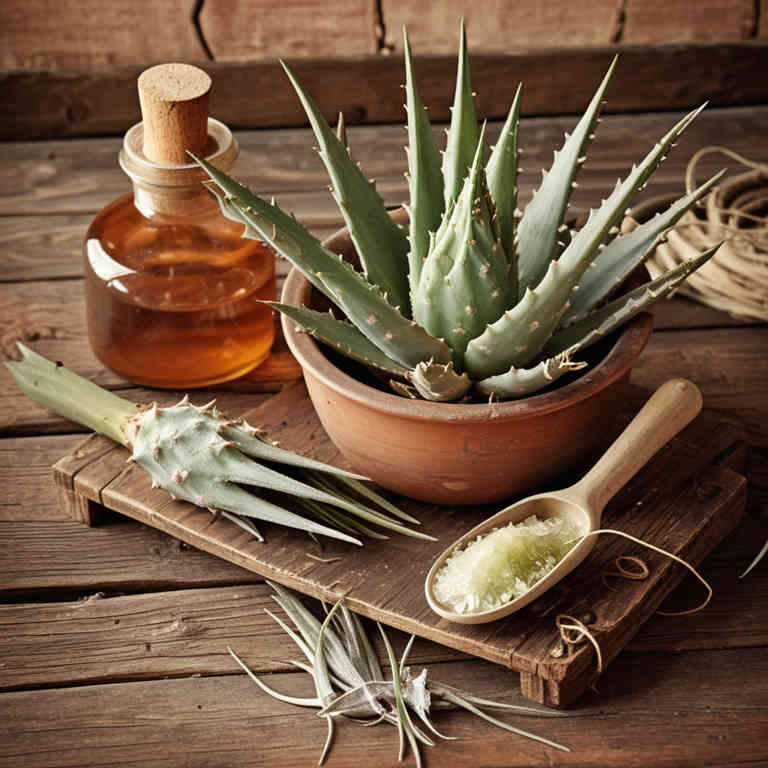
Aloe barbadensis, commonly known as aloe vera, contains natural mucillages that have been widely recognized for their soothing and healing properties, particularly for burns.
These mucillages form a protective layer over the skin, helping to reduce pain and prevent infection by creating a barrier against external irritants. The gel's anti-inflammatory properties also help to minimize redness and swelling associated with burns. Additionally, the mucillages promote cell regeneration and tissue repair, accelerating the healing process.
Overall, aloe vera mucillages are a gentle and effective natural remedy for burns, offering both immediate relief and long-term recovery benefits.
2. Calendula officinalis
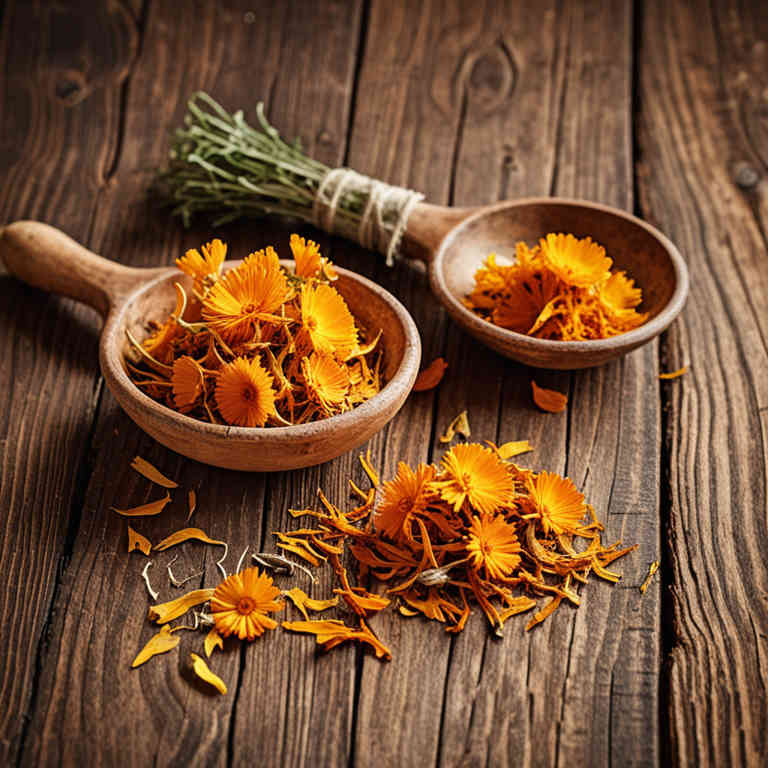
Calendula officinalis, commonly known as garden marigold, contains natural mucillages that have been traditionally used for their soothing and healing properties.
These mucillages form a protective film over the skin, helping to reduce pain and irritation associated with minor burns. The anti-inflammatory and antimicrobial properties of calendula mucillages promote faster tissue repair and prevent infection in burn wounds. When applied topically, these mucillages can provide relief from the burning sensation and redness caused by thermal or chemical burns.
Due to its gentle nature, calendula officinalis is often recommended as a safe and effective alternative for treating minor burns in both adults and children.
3. Hypericum perforatum
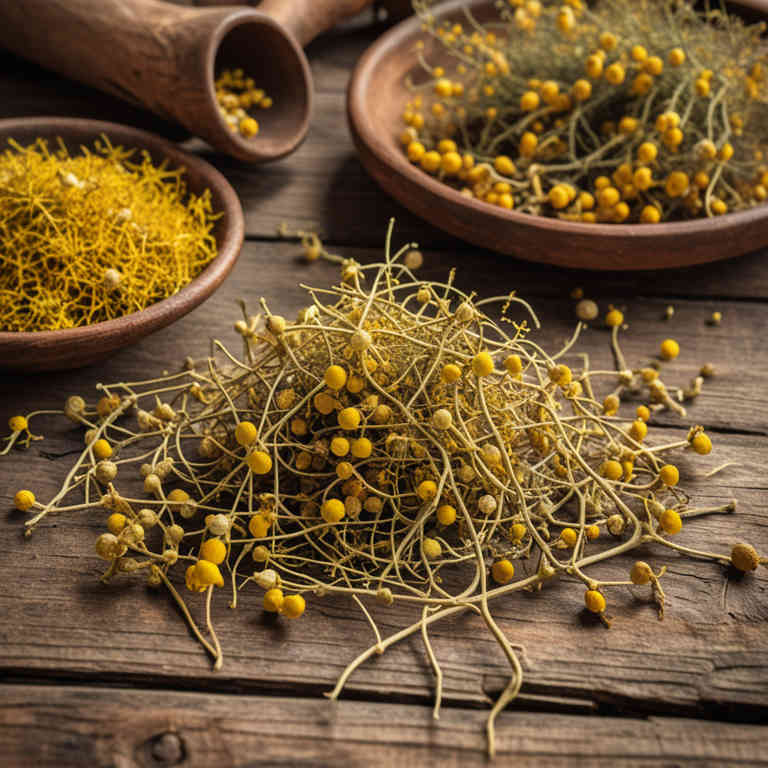
Hypericum perforatum, commonly known as St. John's Wort, contains mucillages that have been traditionally used for their soothing and healing properties on burns.
These mucillages form a protective layer over the skin, helping to reduce pain and inflammation associated with minor burns. The mucilage's high content of polysaccharides contributes to its ability to retain moisture, promoting faster healing of the affected skin. While it is primarily known for its antidepressant properties, the mucillages of Hypericum perforatum offer a natural alternative for topical application in burn care.
However, it is important to consult a healthcare professional before using it on severe burns, as it may interact with other medications.
4. Cnicus benedictus

Cnicus benedictus, commonly known as blessed thorn, contains herbal mucillages that have been traditionally used for their soothing and healing properties.
These mucillages form a protective layer over the skin, helping to reduce pain and prevent further irritation in burn wounds. The high content of polysaccharides in the mucilage contributes to its ability to retain moisture, promoting faster tissue repair. Studies suggest that the anti-inflammatory and antimicrobial properties of Cnicus benedictus mucillages may aid in preventing infections and accelerating the healing process.
While more research is needed, preliminary evidence supports its potential as a natural remedy for managing minor burns and supporting skin recovery.
5. Sutherlandia frutescens
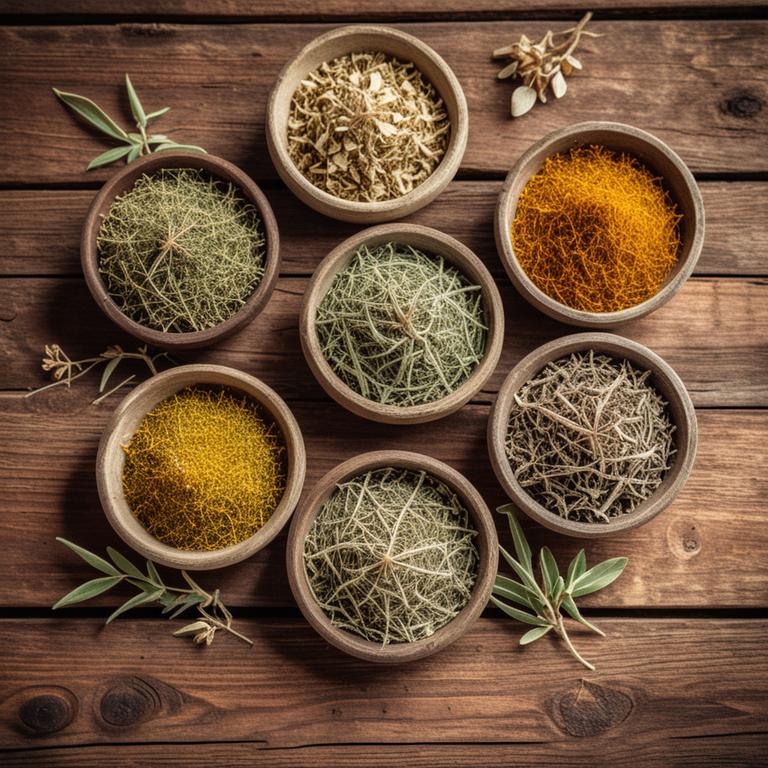
Sutherlandia frutescens, also known as cancer bush, contains mucillages that are traditionally used in herbal medicine for their soothing and protective properties.
These mucillages form a thick, gel-like substance when mixed with water, which can help create a barrier over burns, reducing pain and promoting healing. The mucilage's high water-retention capacity may aid in keeping the burn area moist, supporting the natural healing process. While not a substitute for conventional burn treatments, Sutherlandia mucillages are sometimes used as a complementary therapy to ease discomfort.
However, it is important to consult a healthcare professional before using any herbal remedy for burns, especially for severe or extensive injuries.
6. Centella asiatica
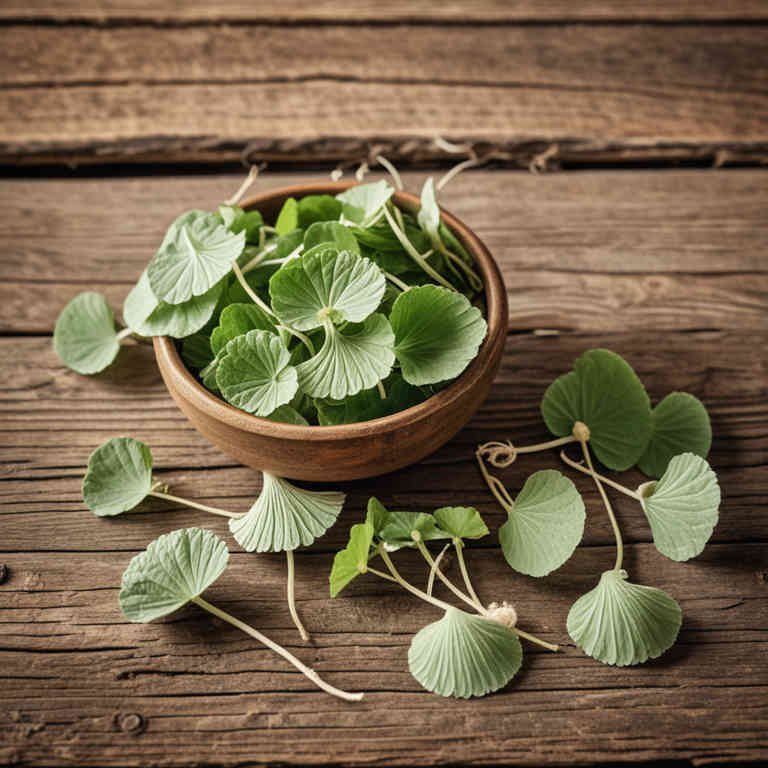
Centella asiatica, also known as gotu kola, contains herbal mucillages that have been traditionally used for their wound-healing properties.
These mucillages form a protective barrier over the skin, helping to prevent infection and reduce inflammation in burn wounds. The mucilage also promotes the regeneration of skin tissue by stimulating collagen synthesis and enhancing cellular repair processes. Studies suggest that the active compounds in centella asiatica may accelerate the healing of burns by improving blood circulation and reducing oxidative stress.
As a natural remedy, centella asiatica mucillages offer a gentle and effective alternative for managing minor burns and supporting skin recovery.
7. Plantago major
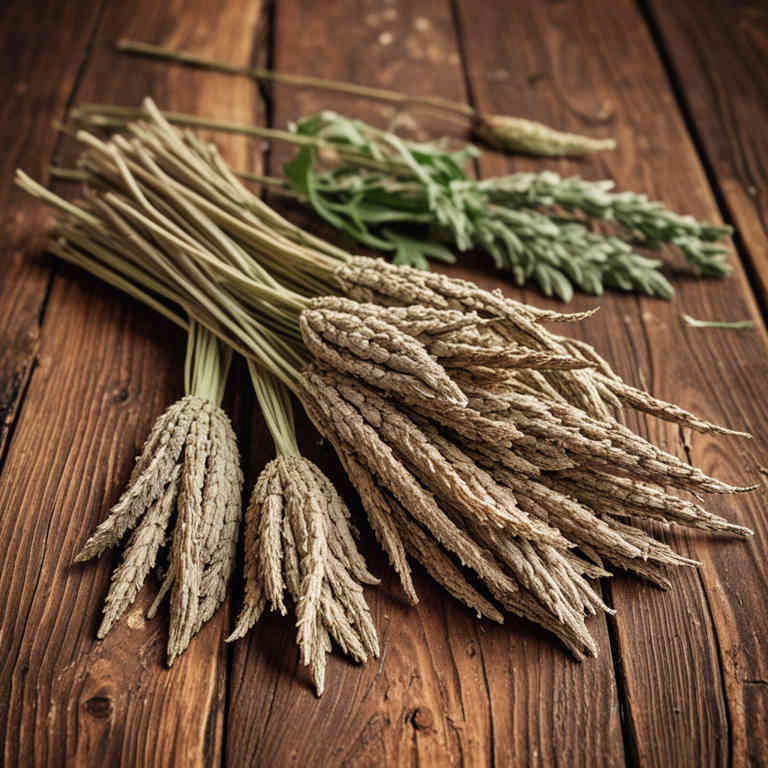
Plantago major, commonly known as broadleaf plantain, contains mucilaginous properties that make it useful in the treatment of burns.
The mucilage, a thick, gel-like substance, helps to soothe and protect the skin by forming a barrier against further irritation. When applied topically, it can reduce inflammation and promote healing by maintaining moisture in the affected area. This natural remedy is often used in traditional medicine for minor burns and skin irritations.
Its ability to absorb heat and provide a cooling effect also makes it a valuable component in herbal treatments for burns.
8. Tamarindus indica
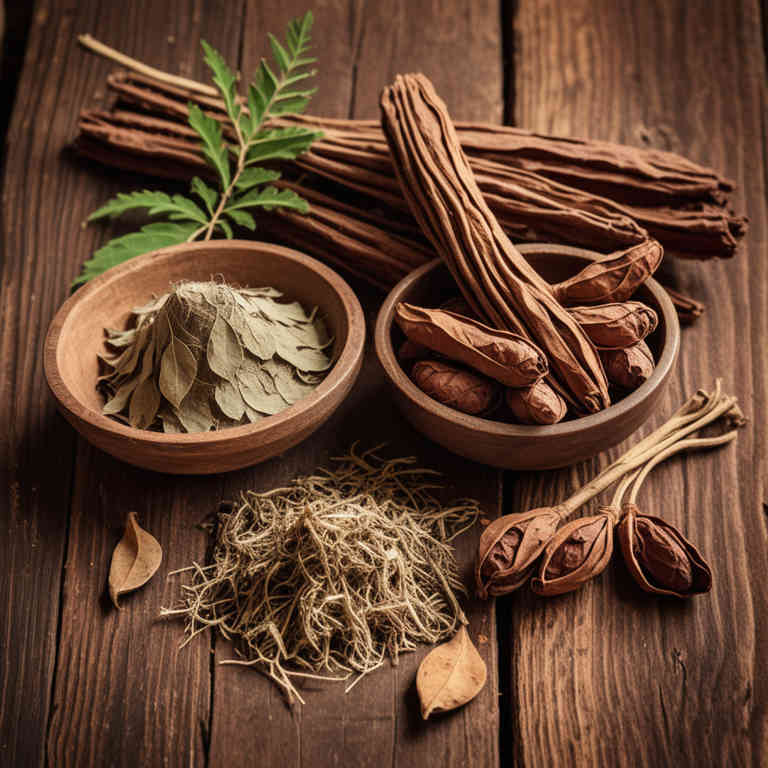
Tamarindus indica, commonly known as tamarind, contains herbal mucillages that have shown potential in the treatment of burns due to their soothing and protective properties.
These mucillages form a gel-like layer upon contact with water, which can help to create a barrier over the burn site, reducing further irritation and promoting a moist healing environment. The anti-inflammatory and antimicrobial properties of tamarind mucillages may aid in preventing infection and accelerating the healing process. Additionally, the high concentration of tannins and polyphenols in tamarind contributes to its ability to alleviate pain and reduce inflammation associated with burns.
While more clinical research is needed, preliminary studies and traditional use suggest that tamarind mucillages could be a valuable natural remedy for burn care.
9. Chamomilla recutita
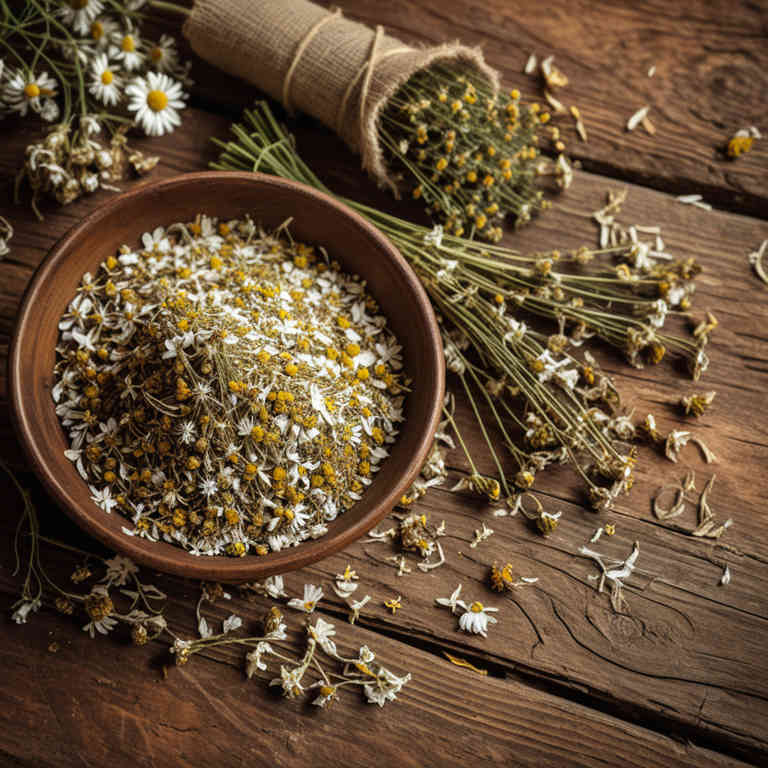
Chamomilla recutita, commonly known as German chamomile, contains mucillages that have been traditionally used for their soothing and protective properties.
These mucillages form a thin, protective film over the skin, helping to shield burned areas from further irritation and infection. The anti-inflammatory and antioxidant properties of chamomilla mucillages can help reduce pain and promote healing in minor burns. When applied topically, these mucillages may also help to retain moisture, supporting the skin's natural recovery process.
However, it is important to consult a healthcare professional before using chamomilla mucillages on severe burns to ensure proper treatment and safety.
10. Echinacea purpurea

Echinacea purpurea, commonly known as purple coneflower, contains mucilage compounds that have shown potential in promoting skin healing and reducing inflammation.
These mucillages form a protective barrier over burns, helping to retain moisture and prevent further irritation. Studies suggest that the anti-inflammatory and antimicrobial properties of echinacea mucilage may aid in the recovery process by supporting tissue regeneration. While more research is needed, preliminary findings indicate that echinacea-based topical treatments could be a complementary approach for managing minor burns.
However, it is important to consult a healthcare professional before using any herbal remedy for burns, especially for severe cases.